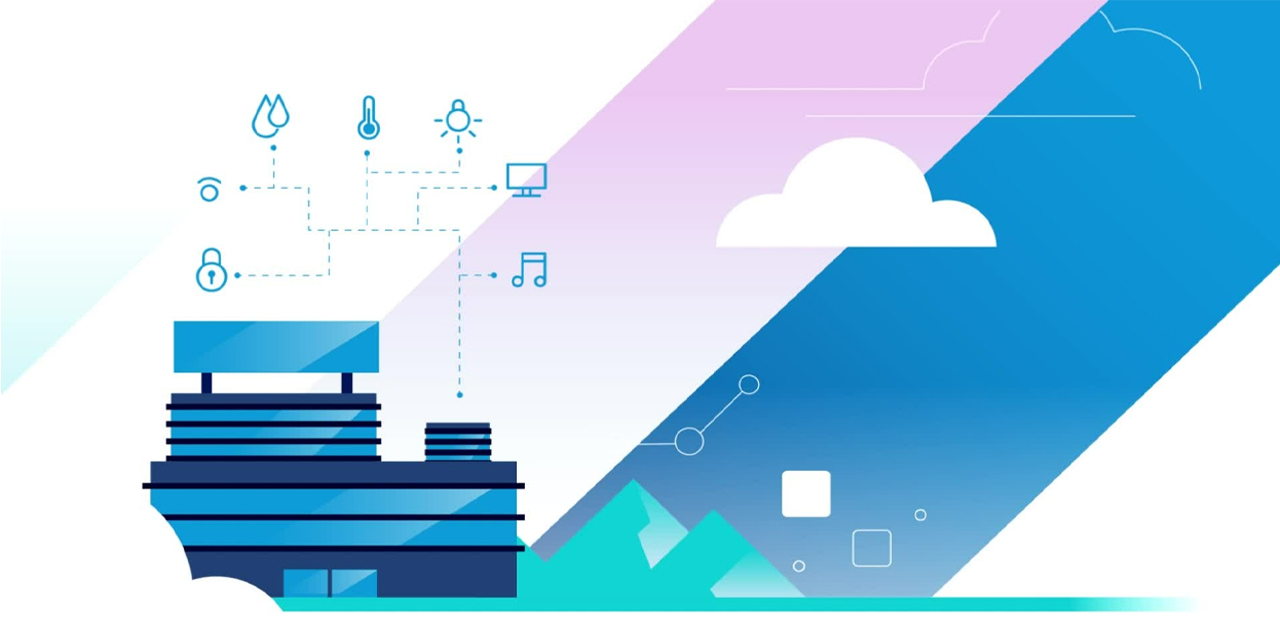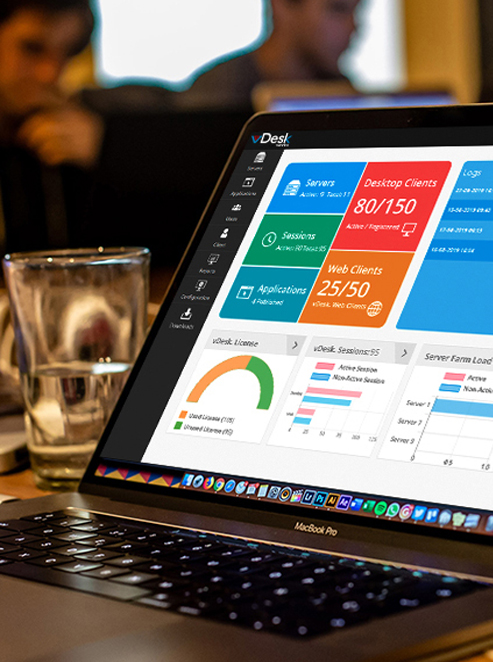Edge Computing: Powering the Future of IoT and Real-Time Processing
Unlocking a new era, Edge Computing synergizes seamlessly with IoT, reshaping data processing dynamics.
In the ever-expanding realm of technology, the convergence of Edge Computing and the Internet of Things (IoT) is redefining how data is processed, analyzed, and leveraged. This article explores the transformative impact of Edge Computing, shedding light on its role in shaping the future of IoT and revolutionizing real-time data processing.

1. Introduction to Edge Computing
- At its core, Edge Computing is a paradigm that decentralizes data processing by bringing computation and storage closer to the source of data generation. This section provides an overview of the principles that underpin Edge Computing and its departure from traditional cloud-centric models.
2. The Intersection with IoT
- Edge Computing finds a natural ally in the Internet of Things. The proliferation of connected devices generates vast amounts of data, and Edge Computing serves as the catalyst for processing this data closer to where it originates. Explore how Edge Computing and IoT synergize to create a powerful ecosystem.
3. Real-Time Processing and Low Latency
- A key advantage of Edge Computing is its ability to enable real-time data processing with minimal latency. Delve into how this capability is a game-changer in scenarios where instantaneous decision-making is crucial, such as autonomous vehicles, healthcare monitoring, and industrial automation.
4. Enhanced Security and Privacy
- By processing data closer to the edge, sensitive information can be kept within localized environments, enhancing security and privacy. This section explores how Edge Computing addresses concerns related to data exposure and compliance with privacy regulations.
5. Scalability and Efficiency
- Edge Computing not only improves response times but also enhances scalability and efficiency. Learn how distributing computing resources across the edge network enables more effective utilization and scalability, particularly in scenarios with a high volume of connected devices.
6. Challenges and Solutions
- No technological shift comes without challenges. Examine the obstacles faced by Edge Computing, including bandwidth constraints and management complexities. Discover innovative solutions and strategies employed to overcome these hurdles.
7. Industry Applications
- From smart cities and healthcare to manufacturing and retail, the applications of Edge Computing are diverse. Explore real-world examples and case studies highlighting how various industries are leveraging Edge Computing to achieve operational excellence and innovation.
8. Looking Ahead: Future Trends in Edge Computing
- As technology continues to evolve, anticipate the future trends in Edge Computing. From advancements in edge devices to the integration of Artificial Intelligence (AI), explore the ongoing developments that will shape the trajectory of Edge Computing in the years to come.
In Conclusion
Edge Computing stands as a transformative force, driving a paradigm shift in how we process and leverage data. As it seamlessly integrates with the Internet of Things, its impact on real-time processing, security, scalability, and industry applications is undeniable. Embracing Edge Computing not only unlocks new possibilities but also lays the foundation for a future where the potential of connected devices is harnessed to its fullest extent.







